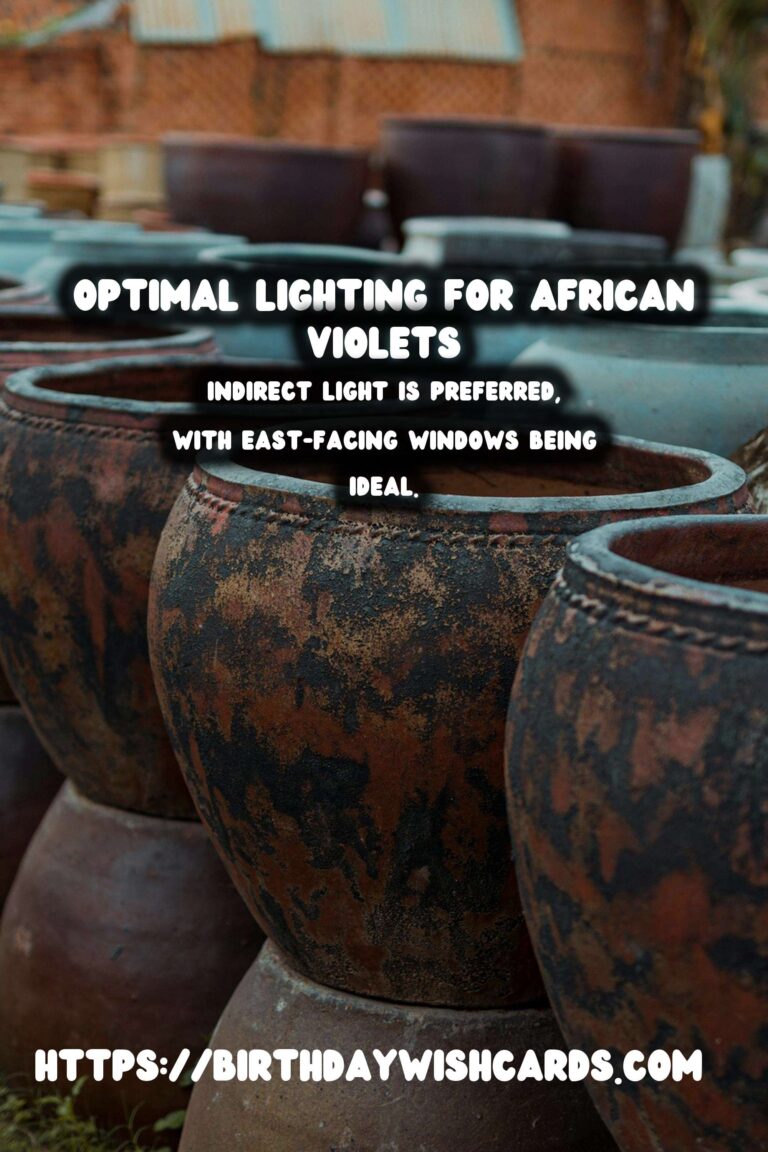
African violets are among the most popular houseplants, cherished for their vibrant blooms and lush foliage. To maintain their beauty and ensure prolific blooming, providing the right lighting conditions is essential. In this article, we will explore the optimal lighting requirements for African violets and how to create the perfect environment for their growth.
Understanding African Violets’ Lighting Needs
African violets originate from the tropical regions of East Africa, where they thrive under the filtered light of their natural habitat. Mimicking these conditions in your home is crucial for their health and flowering. These plants require a balance of light and shade to flourish.
Natural Light vs. Artificial Light
While natural sunlight is beneficial, direct sunlight can be too harsh for African violets, leading to scorched leaves. Instead, they prefer indirect light, which can be achieved by placing them near an east-facing window. This positioning allows them to receive the gentle morning sun without the intense midday rays.
If natural light is insufficient or inconsistent, artificial lighting is a viable alternative. Fluorescent lights, particularly those designed for growing plants, can provide the necessary spectrum of light. Position the lights about 12-15 inches above the plants and keep them on for 12-16 hours a day to mimic natural conditions.
Signs of Inadequate Lighting
Identifying signs of inadequate lighting can help you adjust and improve the conditions for your African violets. If your plant is not blooming or the leaves are pale and elongated, it may not be receiving enough light. Conversely, if the leaves appear brown or scorched, the light intensity may be too high.
Adjusting Light Levels
Adjusting the light levels for your African violets can be done by changing their location or modifying the artificial light setup. If using natural light, you can move the plant closer or further from the window to control the light exposure. With artificial lighting, adjusting the height and duration of the lights can help achieve the perfect balance.
Conclusion
Providing optimal lighting for African violets is a fundamental aspect of their care. By understanding their natural habitat and mimicking those conditions with either natural or artificial light, you can ensure that your African violets remain healthy and produce abundant blooms. Regular monitoring and adjustments will help maintain the ideal lighting environment, allowing these beautiful plants to thrive.
African violets require a balance of light and shade to flourish. Indirect light is preferred, with east-facing windows being ideal. Artificial lighting can be an effective alternative to natural light. Signs of inadequate lighting include lack of blooms and pale leaves. Adjusting light levels can enhance the growth and blooming of African violets. 
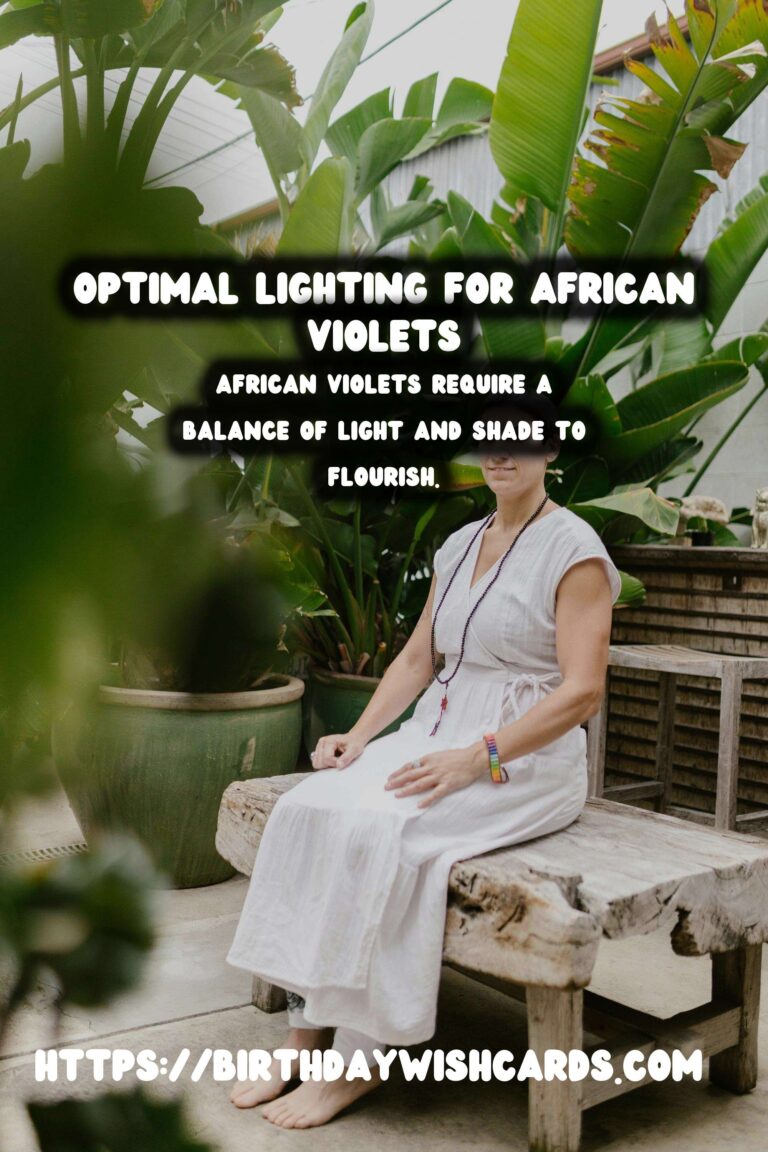
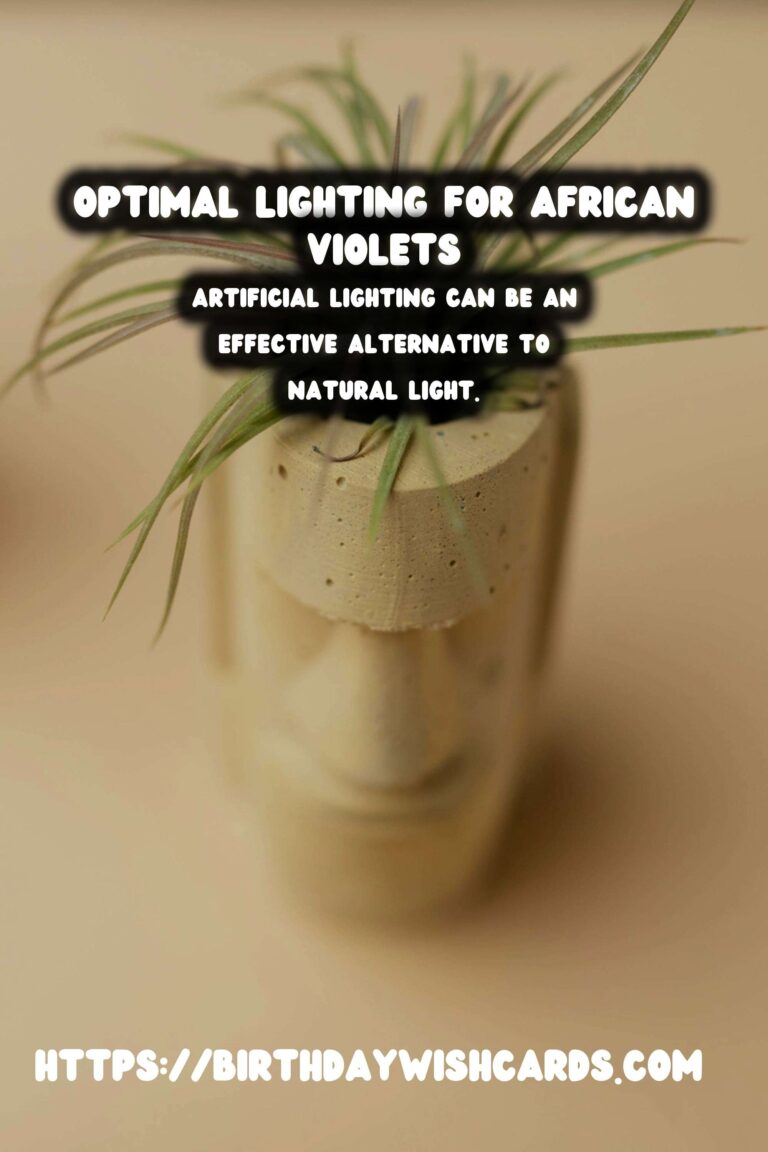
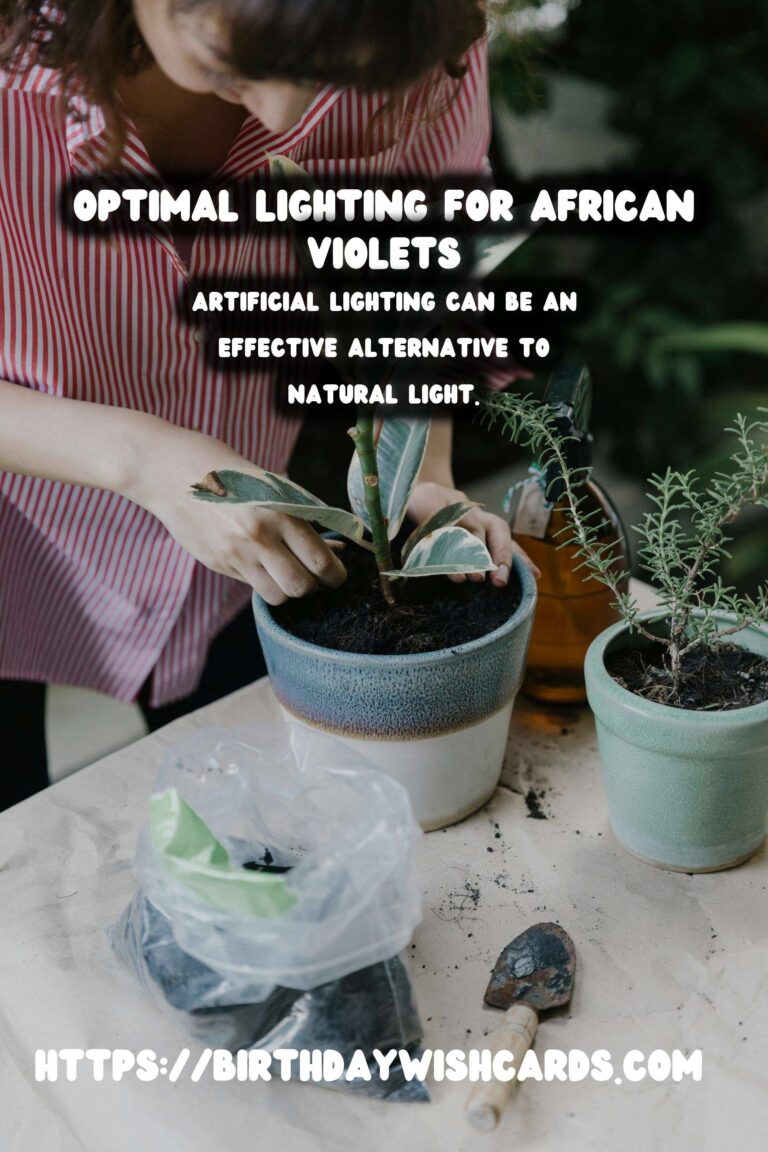
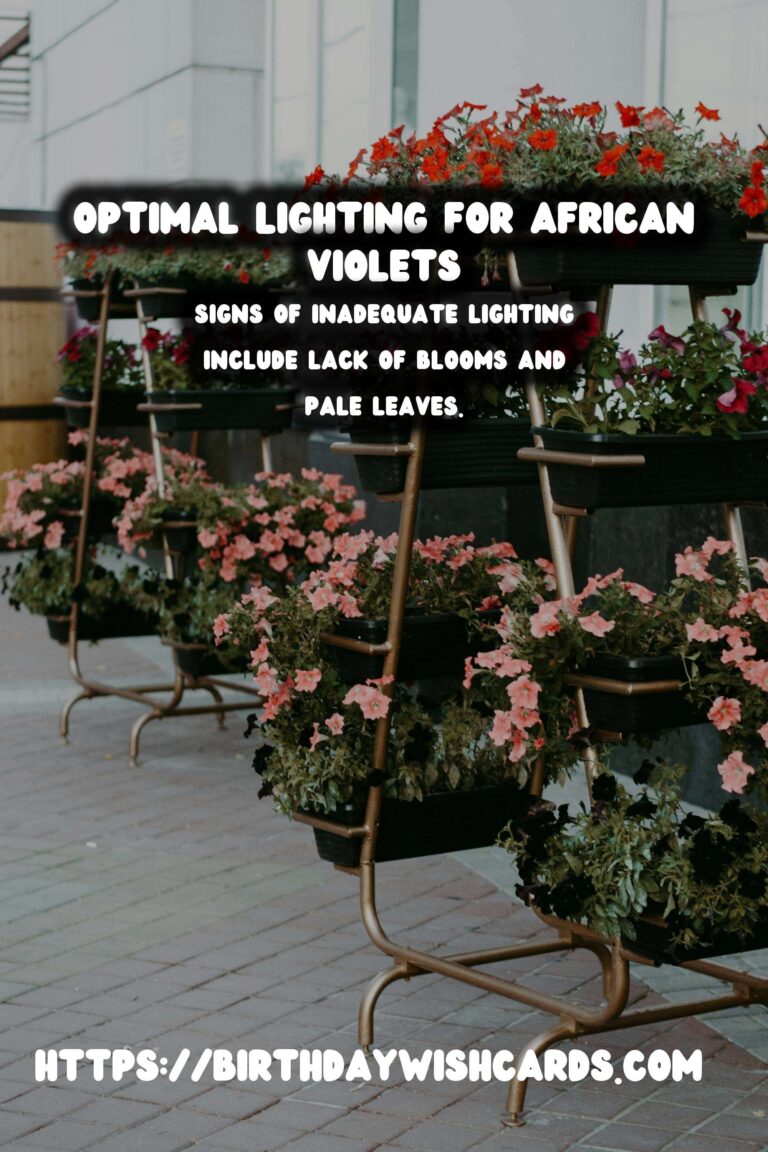

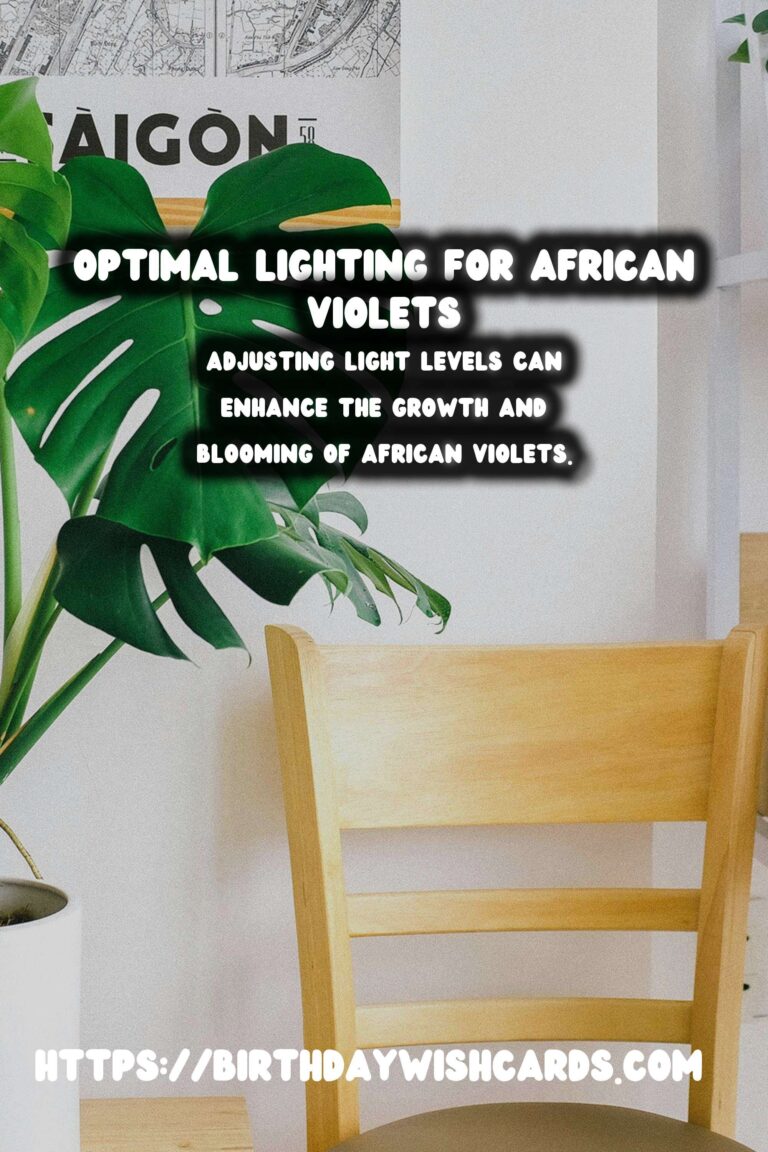
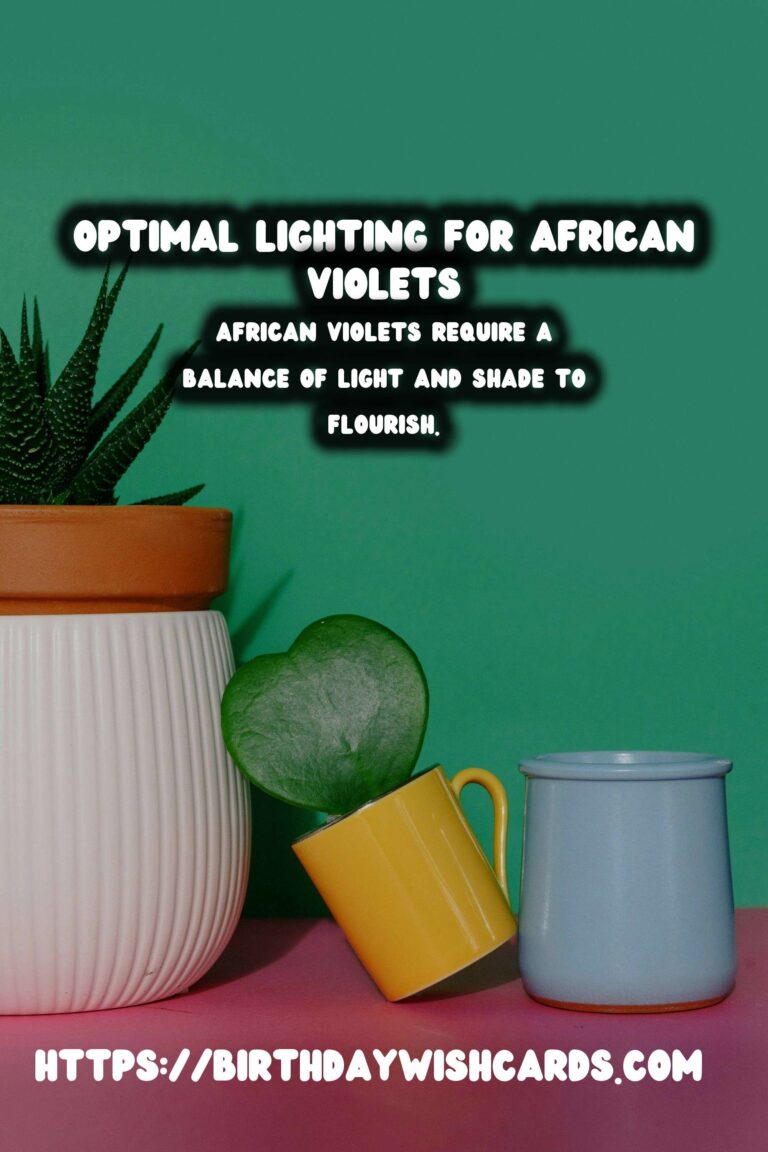
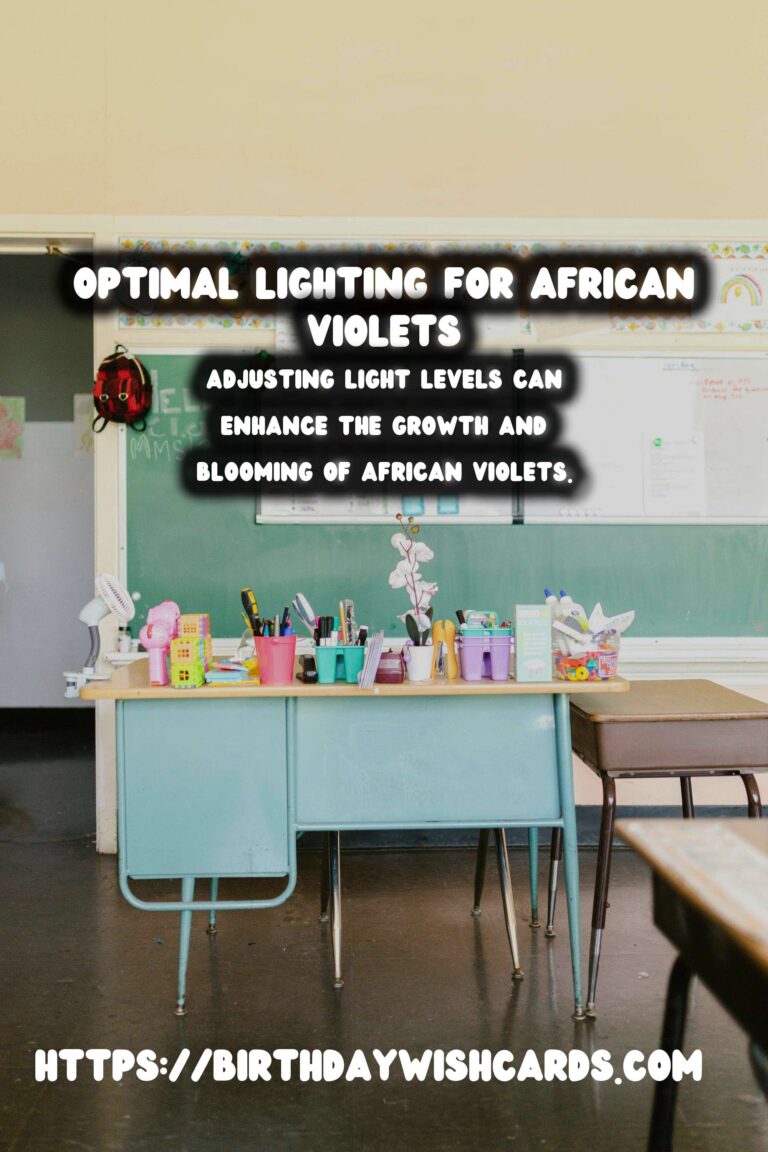
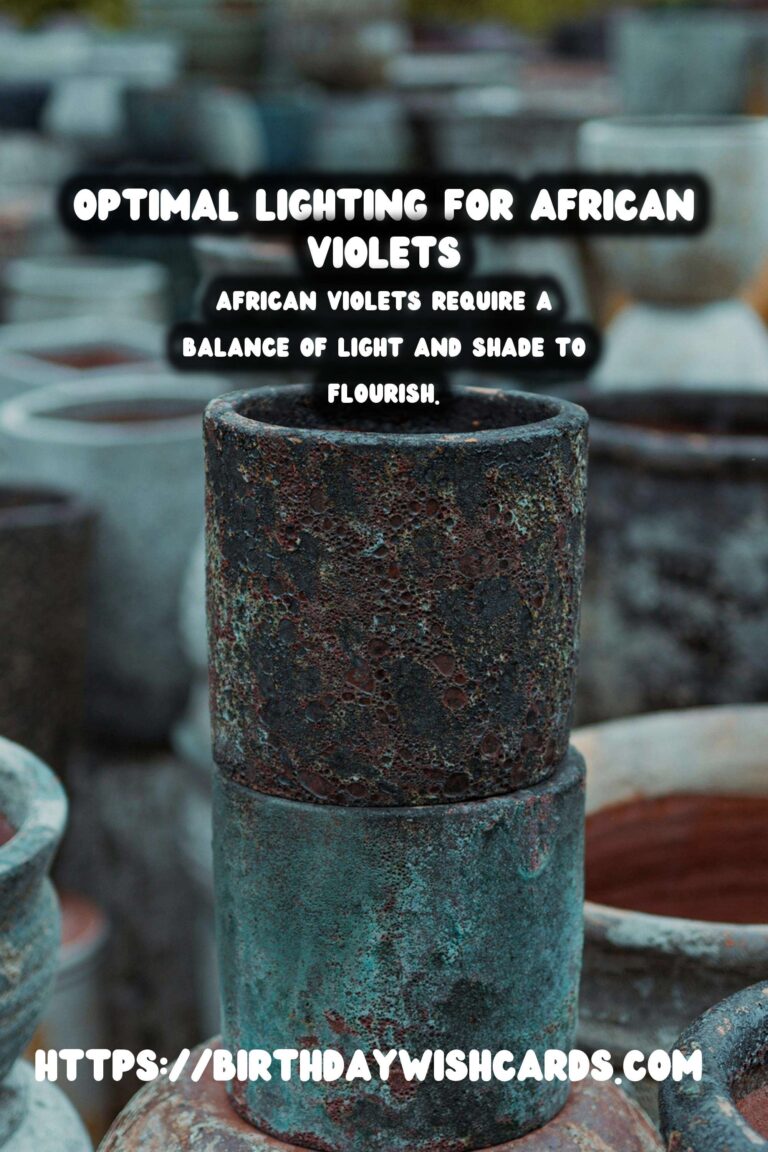
#AfricanViolets #PlantCare #IndoorGardening




